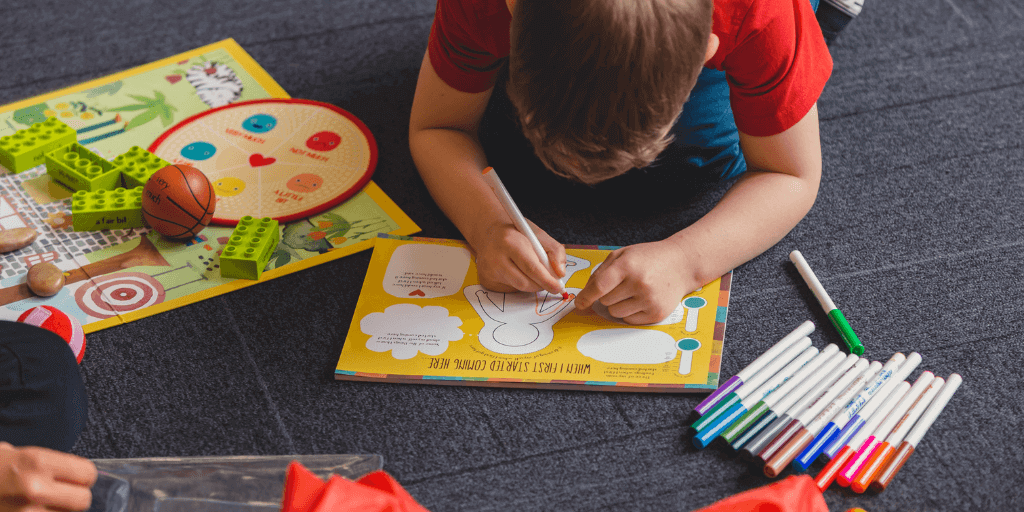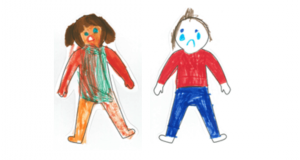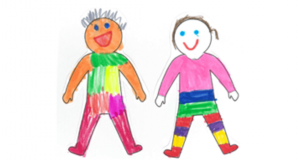
Using the ‘Action Feedback Kit’: the importance of listening and acting on feedback from children and young people
‘Using the ‘Action Feedback Kit’: the importance of listening and acting on feedback from children and young people’ blog article was written by Chris Cussen, Lead – Product Development, Content Creation, and Projects at Australian Childhood Foundation.
Every time I walk up the path to our counselling service in Melbourne, I look for spider webs on our front gate. This began in response to feedback from seven-year-old Sarah* who used to pass through the same gate each week for counselling. Sarah had used our ‘Action Feedback Kit’ to tell us that she didn’t like the spiderwebs on the gate.
Sarah’s feedback prompted me to walk out of our building and brush them off. A few things occurred to me in that moment. Firstly, I hadn’t noticed the lower spiderwebs that she mentioned due to our height difference. Secondly, I realised that her experience of our service started before she entered our building and first impressions count. Sarah’s insight was easy to act upon and although it may seem like a small change it meant something significant to her. It reminds me that as individual workers we can make a difference in ways that add up over time.
Her feedback was one of many that our Action Feedback Kit has elicited since we began using it with children participating in our counselling service. Through this kit, children and young people are invited to share their experiences of our service by ‘drawing, playing, talking and doing’. It has helped us to respond in practical ways to children and young people’s feedback, while also shaping some of our approaches and practices for working alongside children and young people.
The Action Feedback Kit has been designed to facilitate children’s participatory processes, based on current research and knowledge. Its aim is to engage and motivate children and young people and stimulate feedback through its colour, movement and activities that offer sensory engagement, and a game-like design. Central themes of a child’s experience are explored through playful forms of engagement and communication. A set of questions explore themes, including Experience of People, Place, Change, Cultural Identity, and Rights. Children can respond to questions by engaging with a range of sensory items, including mini-squishy basketballs, smooth stones, a velcro target, and building blocks.
The Action Feedback Kit has been designed so that accessible forms of data representation can emerge from its use, like visual representations of service users’ words and pictures. These can communicate meanings recognisable to broad audiences, including most children and families. Here are some examples**.


It is important to close the feedback loop by sharing with participants (with permission) what we learn from their responses, so that they know we are actively considering what our service users communicate with us. Thinking of this process as a dialogue looping back to children and young people is important. There are also opportunities for more traditional qualitative and quantitative data representations that emerge from the Action Feedback Kit’s use.
We are continuing to find ways to integrate the Action Feedback Kit into our work at the Foundation. Strengthening our processes for listening and acting upon our service users’ feedback is an ongoing task. We continue to try with an openness to learning and growing. Approaching service users with respect, clarity about the scope of influence of their voluntary participation, transparency, and an authentic commitment to responsive change is a good start.
Next time you pass through ‘the front gate’ (whatever that looks like) of your organisation, consider what accessing your service might be like for children and young people. What are the processes set up at your workplace for inviting children and young people to share about their service experience? How do you listen? How do you act upon what they share? How do children/young people know that their sharing is being received, considered and acted upon?
*Names have been changed to protect the privacy of children, young people and their families.
** Drawings presented with permission from children and families.
Would you like to learn more?
Our on-demand course, Action Feedback with Children: Ideas and Tools to Listen Better, guides you through practical and creative approaches to listening to and acting upon feedback from services users.
